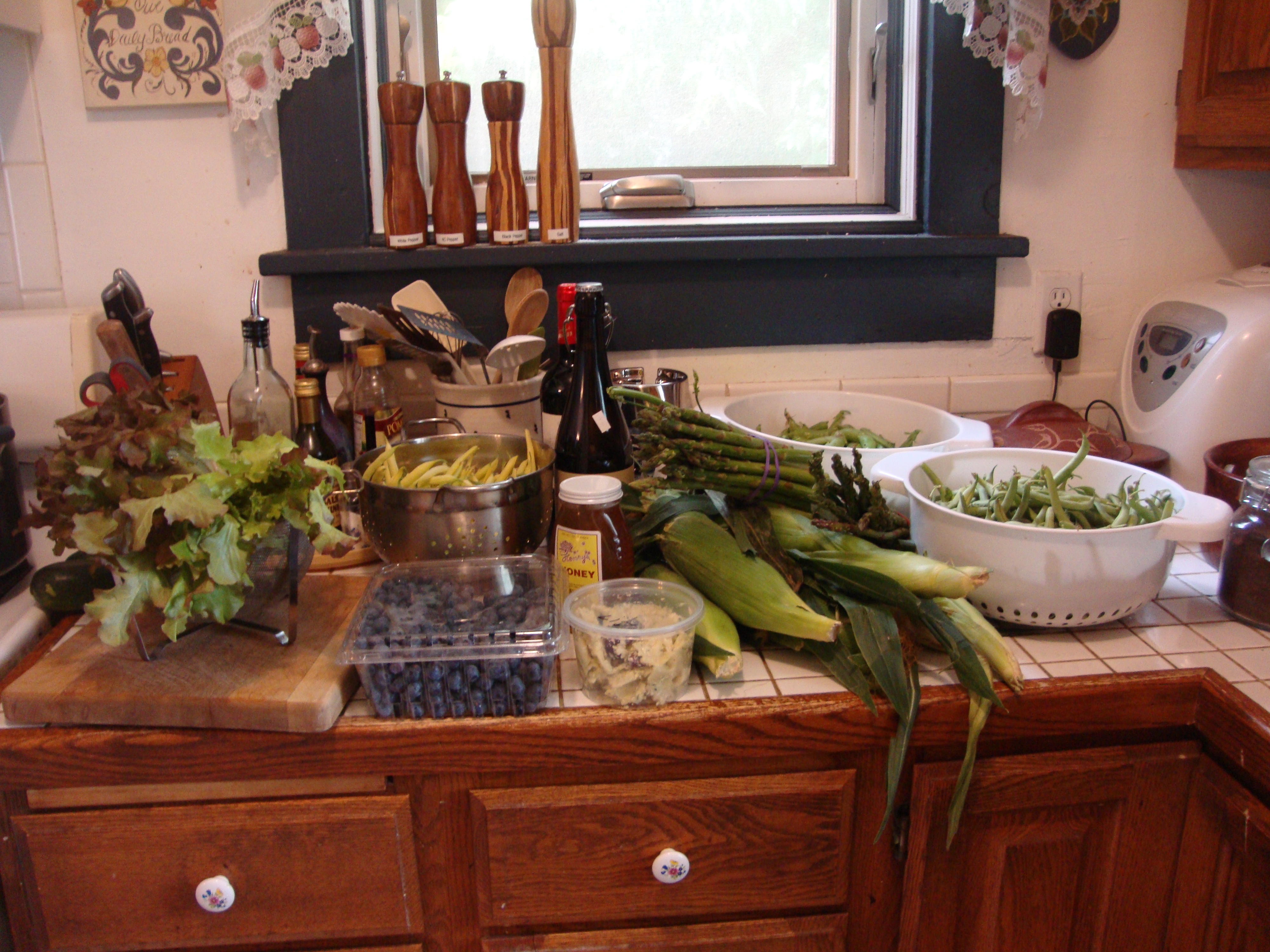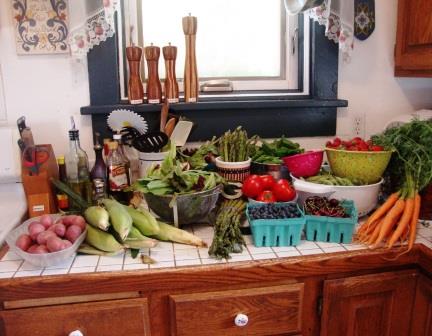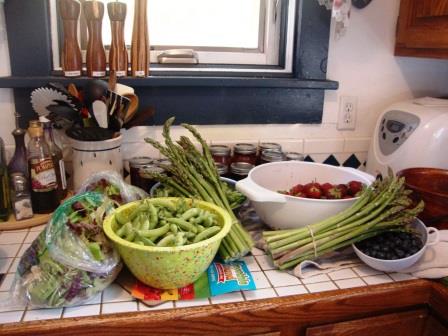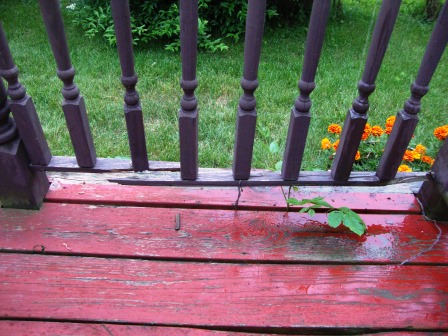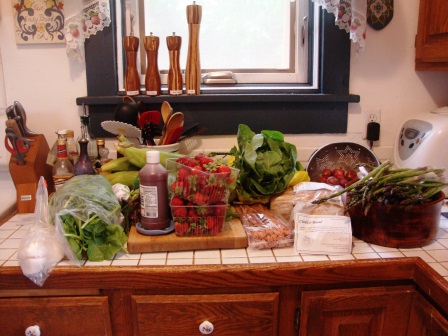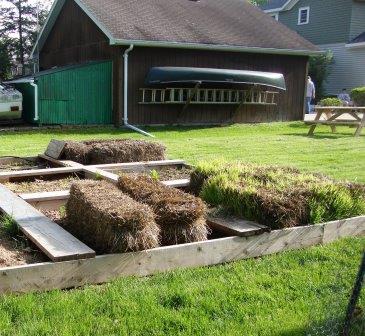I read Barbara Kingsolver’s Animal, Vegetable, Miracle about five years ago. I was wowed by the project of eating locally for a full year. Her experiment was impressive, starting in spring with rhubarb from the local farmers’ market and asparagus from her own yard and then moving through the seasons.
I still use some of the recipes from Animal, Vegetable, Miracle. I do lean toward local foods, in particular local produce. I’m nowhere near the level of Kingsolver’s experiment, but putting the locavore philosophy into practice is now a natural part of our food shopping and preparation.
Another year long experiment was No Impact Man by Colin Beavan. I’d had No Impact Man on my wish list for a while. When a copy became available on Paperback Swap dot com, I grabbed it.
Beavan’s project was impressive, too. He decided to create a carbon footprint as light as possible for a full year. His project started in stages, starting with walking or biking to and from work and resisting the urge to buy food or drinks on or in disposable containers. Every few weeks he would add in a new challenge such as limited electricity or water. His project was as urban as Kingsolver’s was rural; Beavan and his wife and daughter lived in a ninth floor apartment in New York City.
One trait both books share is the experimental nature of each project. The authors were both skilled writers before their environmental projects began; and their reflections throughout their respective projects reflect both facts and subjective responses. Difficulties, roadblocks, support, positive and negative attention, and real-life reflections make both experiments less clinical and more enjoyable. Colin Beavan’s toddler decided she preferred her new cloth diapers to the disposables they’d used previously. Barbara Kingsolver’s daughter went to college mid-project and relished her home visits for the good quality local food.
Animal, Vegetable, Miracle and No Impact Man remain active on the web and in the green scene. That’s what impressed me. They didn’t dump their experiments the minute the calendar flipped to the next year. They left the extremes behind, but the core of each project remained. Kingsolver continued to buy and serve local food, growing what she can and raising her flock of heirloom turkeys. Beavan turned on his electricity and uses public transportation now, but he turns off the lights when he leaves a room and rarely uses an elevator.
Why a book review in June, years after these two were published? Well, folks, I realized that our family already makes a fairly decent low carbon footprint, and courtesy of our freezer and a hot water bath canner, we enjoy local fruits and vegetables year round. I’m not writing a book (well, not about that), but I’m using the space in my semi-urban backyard quite well.
Readers, what are your green habits of choice?

